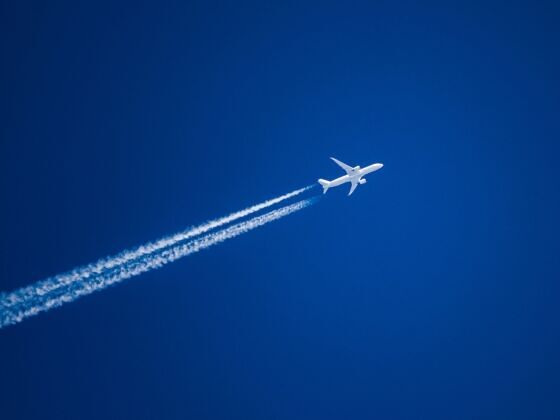Recent studies published in journals including Science Direct and MDPI have shown that reducing the carbon footprint of air travel by as much as 35 percent could be as easy as rerouting the trajectory certain flights to fly above or underneath parts of the atmosphere where their path releases the most condensation trails, or contrails, in the sky.
While the majority of carbon emissions in the airline sector result from burning jet fuel, the contrails formed by the release of particulate matter, water vapor, and heat from planes form cirrus clouds that effectively act as a blanket trapping radiation in the atmosphere, the studies show. This results in about a third of aviation’s emissions, or about one percent of total carbon emissions globally.
